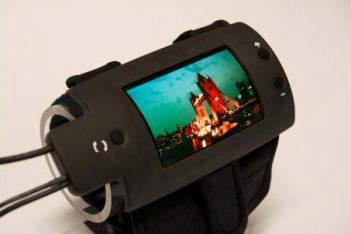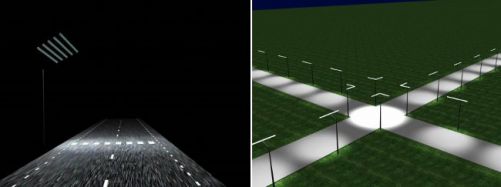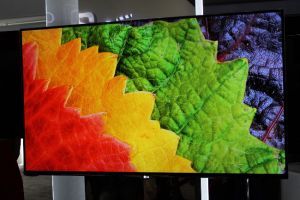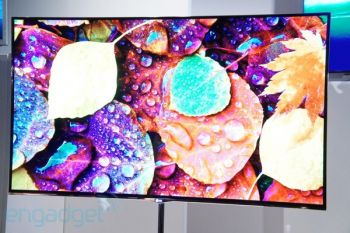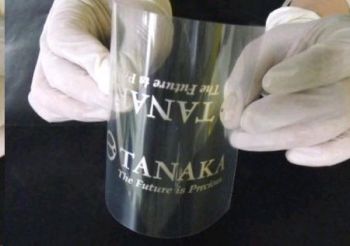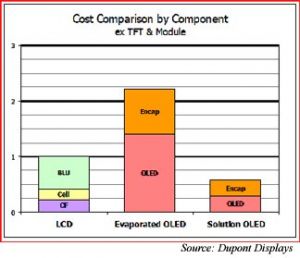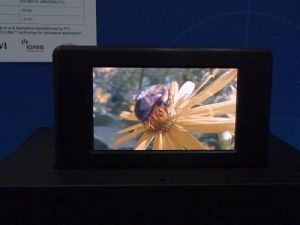More details about MicroOLED's 5.4mp 0.61" OLED microdisplay
A couple of days ago MicroOLED announced their next-generation 0.61" OLED microdisplay which features 5.4 million pixels. Today we have some more information and the product's data sheet. The most interesting info is that samples of the new products are already available - with volume production expected in 10 weeks.
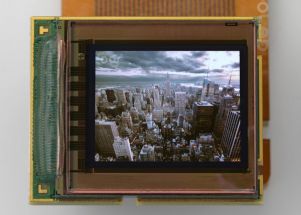
It turns out that MicroOLED will offer two versions. The MDP02APFC offers full-color (using 4 sub white OLED subpixels and RGBW filters) and 1,300x1,044 resolution (just a little over SXGA which is 1,280x960). The sub-pixel pitch is 4.7x4.7 micrometre, the maximum brightness is 250Cd/m2 (typical brightness: 120 Cd/m2), the maximum contrast is 100,000:1 (typical contrast: 10,000:1) and the power consumption is 200 mW (minimum) in video mode.


